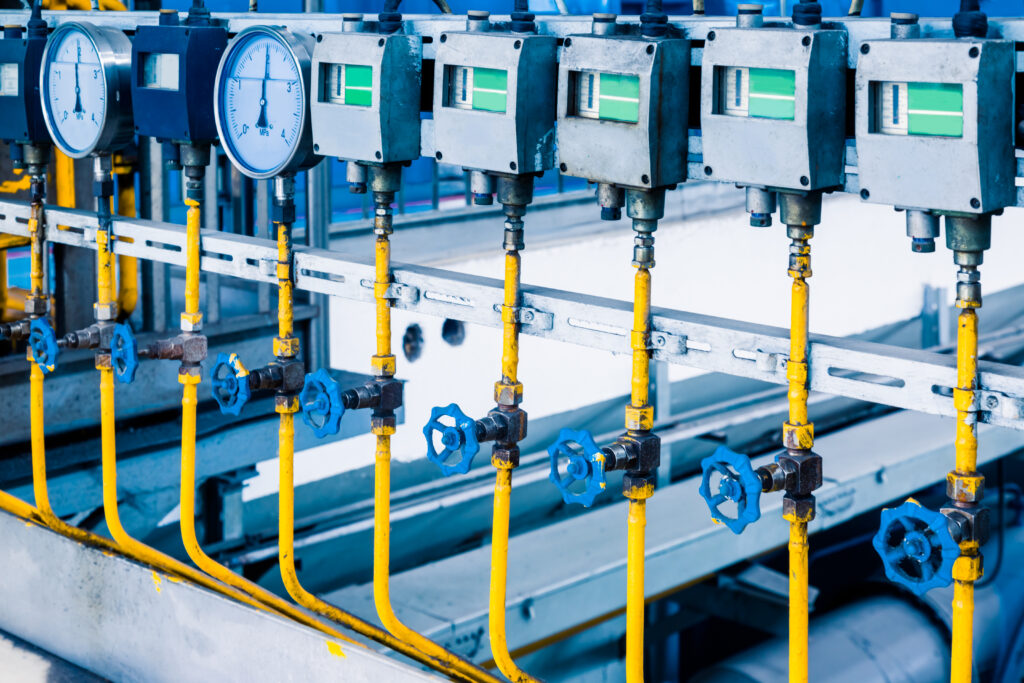In industries where liquids and gases are measured for flow, accuracy is everything. Whether it’s water treatment, oil and gas, pharmaceuticals, or food processing, precise flow measurements are vital for quality control, safety, and efficiency. This is where flow meter calibration plays a crucial role. It ensures that flow meters deliver accurate and consistent readings, helping industries avoid costly errors and regulatory issues.
What is Flow Meter Calibration?
Flow meter calibration is the process of comparing a flow meter’s readings against a known reference standard or master flow meter under controlled conditions. The goal is to detect any deviation or error in measurement and adjust the flow meter accordingly to restore its accuracy.
Over time, flow meters can drift due to factors like:
- Wear and tear of internal components
- Corrosion or scaling
- Exposure to extreme temperature or pressure
- Mechanical shock or vibration
- Long-term usage without maintenance
Regular calibration ensures that such deviations are identified and corrected before they affect the process.
Why is Flow Meter Calibration Important?
Accuracy and Reliability
Uncalibrated flow meters can lead to significant measurement errors. In industries where even a small deviation can impact product quality or safety, maintaining calibration is essential.
Compliance with Standards
Regulatory authorities like ISO, API, ASTM, and OIML mandate regular calibration of measuring instruments. Calibration ensures compliance with industry-specific standards and certifications.
Operational Efficiency
Accurate measurements reduce product wastage, optimize resource usage, and enhance production efficiency — leading to cost savings over time.
Customer Confidence
Clients and auditors expect verified data. A calibrated flow meter adds credibility to your reports, whether for billing, quality assurance, or audits.
Legal and Financial Implications
Incorrect flow measurements in commercial transactions (e.g., oil custody transfer) can result in financial disputes or penalties. Calibration minimizes these risks.
How is Flow Meter Calibration Performed?
Flow meter calibration typically involves the following steps:
1. Setup and Inspection
- Inspect the flow meter for physical damage or contamination.
- Record make, model, serial number, and last calibration date.
2. Reference Standard Comparison
- Connect the flow meter to a calibrated master meter, gravimetric system, or volumetric prover.
- Run a known volume or mass of fluid through both meters under controlled conditions.
3. Measurement and Error Calculation
- Record flow rate and total flow from both the test meter and the reference.
- Calculate error using the formula:
Error (%) = [(Measured Value – Reference Value) / Reference Value] × 100
4. Adjustment and Correction
- If the error exceeds the permissible limit, recalibrate the meter or apply a correction factor.
5. Certification
- A calibration certificate is issued with details including date, technician signature, environmental conditions, standard used, and calibration results.
Types of Flow Meter Calibration Methods
Gravimetric Method
Measures the actual weight of the fluid passed through the meter using calibrated scales. It is highly accurate and ideal for laboratory calibrations.
Volumetric Method
Uses a known volume tank or piston prover to compare the flow against the test meter.
Master Meter Method
Involves using a previously calibrated flow meter as a reference. It is faster and widely used in field calibration.
Frequency of Calibration
The frequency of calibration depends on:
- Manufacturer recommendations
- Industry regulations
- Process criticality
- Meter usage and operating conditions
Typically, annual calibration is recommended, but high-precision applications may require semi-annual or even monthly checks.
Types of Flow Meters That Require Calibration
All flow meter types require calibration to some degree:
- Electromagnetic Flow Meters (Magmeters)
- Ultrasonic Flow Meters
- Turbine Flow Meters
- Coriolis Flow Meters
- Positive Displacement Meters
- Thermal Mass Flow Meters
- Differential Pressure Flow Meters
Each type may need a different calibration approach depending on its measurement principle and application.
In-House vs. Third-Party Calibration
In-House Calibration
- Suitable for companies with large operations and technical expertise.
- Requires investment in reference standards and trained personnel.
Third-Party Calibration Labs
- Ideal for smaller setups or highly critical applications.
- Accredited labs offer traceable calibration with certificates compliant with ISO/IEC 17025 standards.
Traceability and Certification
One of the most important aspects of flow meter calibration is traceability — the ability to link the measurement results back to national or international standards through an unbroken chain of calibrations. Accredited labs provide traceable calibration certificates, which are essential for:
- Regulatory audits
- Quality control systems
- International trade and exports
Challenges in Flow Meter Calibration
While calibration is essential, it comes with its own challenges:
- Accessing remote or hard-to-reach meters in the field
- Maintaining consistent fluid properties (temperature, pressure, viscosity)
- Ensuring minimal process downtime during calibration
However, advances in portable calibrators and on-site testing solutions have made field calibration faster and more accurate.
Conclusion
Flow meter calibration is not a luxury — it’s a necessity for any industry that depends on accurate flow measurement. Regular calibration ensures optimal performance, reduces costs, supports compliance, and builds trust in your operations. Whether you manage a water treatment plant, a chemical refinery, or a food processing unit, keeping your flow meters calibrated is a smart investment in quality, safety, and success.


